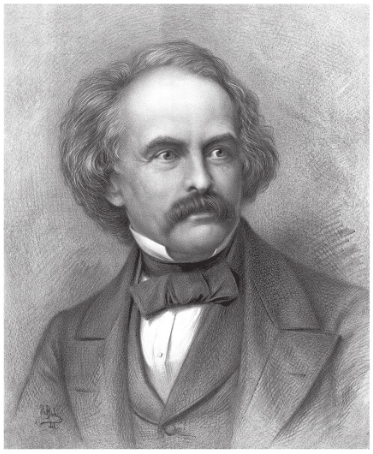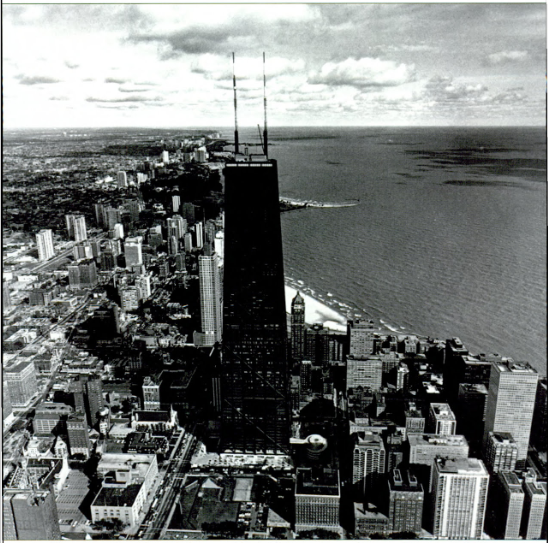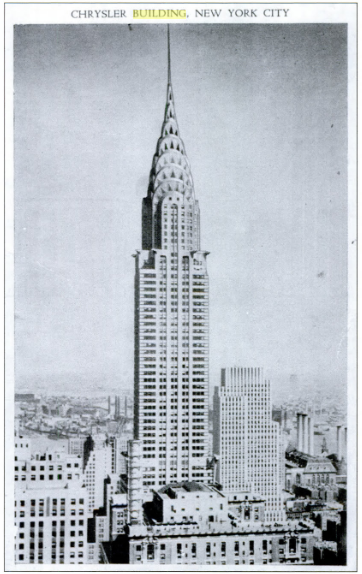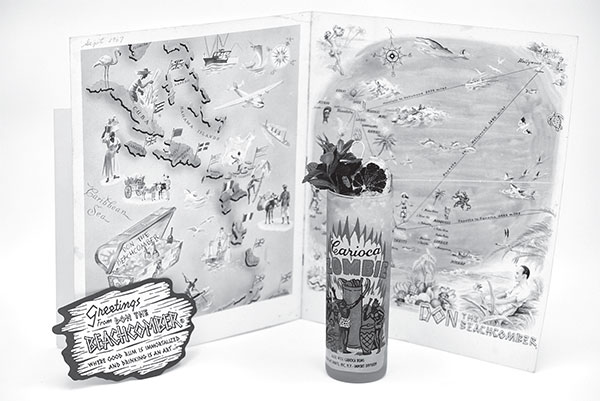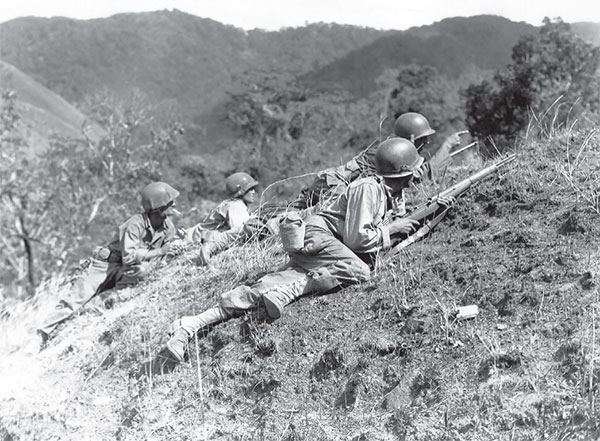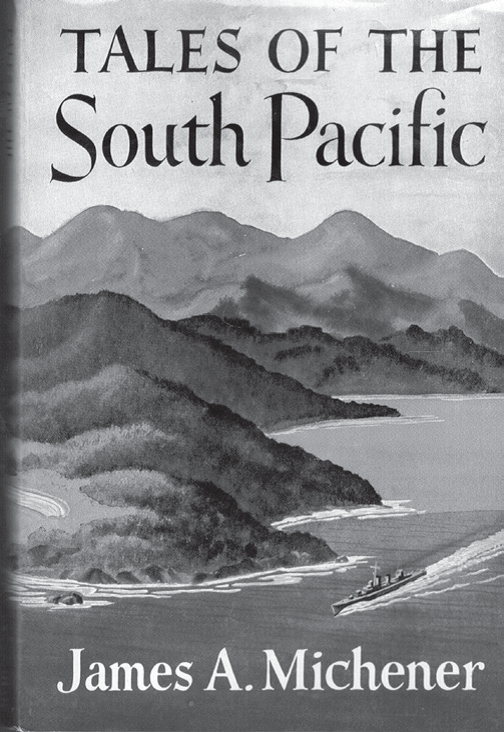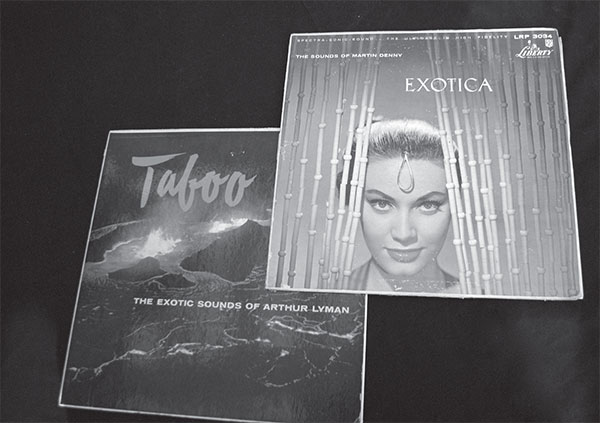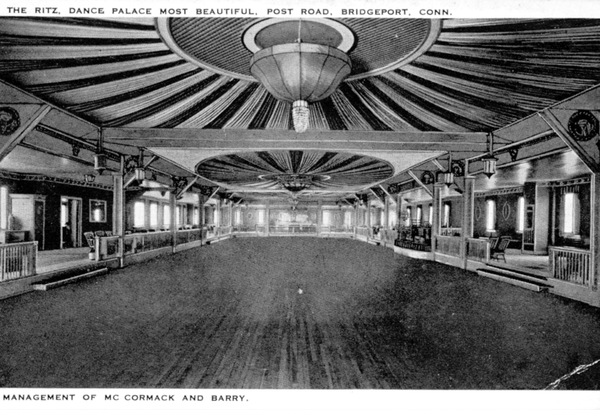As one of the states to produce the most serial killers nationwide, over 1,600 California residents have been murdered by a serial killer since 1900. Between the 1960s and 1980s, serial killings more than doubled in California and throughout the United States, instilling terror into the general population. Here, we explore ten of California’s most infamous convicted and unidentified serial killers of the 20th century.
The Golden State Killer
Status: Suspect currently beginning trial as of publication on July 12, 2018.
Name: Joseph James DeAngelo
Years Active: 1974-1986
Number of Victims: 12 confirmed, but could have been as many as 13
Also known as the “Original Night Stalker,” the “East Area Rapist,” and the “Visalia Ransacker,” the Golden State Killer terrorized both the Sacramento and Southern California areas over the course of twelve years. Responsible for at least 12 murders, he also committed over 100 burglaries and raped at least 50 different women. He became known for attacking couples in their homes for hours at a time, tying both victims up and threatening to kill them both if they made too much noise. Eventually, the killer made good onthese threats, as he turned to both raping and then murdering his victims by shooting or bludgeoning them.
The murderer was also known to communicate with the police and press, calling news agencies sometimes to talk about his crimes, but also to “talk about his day.” His case remained cold for thirty years, but the hunt for the Golden State Killer was reopened by the FBI in 2016 with a larger reward for his capture. After tracing DNA through a genealogical tree, former police officer Joseph James DeAngelo was arrested on eight counts of murder with special circumstances, with an additional four counts of first-degree murder added later on. It’s believed that DeAngelo used his status as a police officer to stay one step ahead of the authorities investigating him, and that some of his crimes may have overlapped with his duties as an officer before he was fired for shoplifting in 1979. DeAngelo’s DNA matched at least one of the crime scenes attributed to the Golden State Killer. DeAngelo is currently awaiting trial for his crimes.
The Gypsy Hill Killings
Status: Suspect currently awaiting trial as of publication on July 12, 2018.
Name: Rodney Halbower
Years Active: 1976
Number of Victims: 5 confirmed, but could have been as many as 7
Also known as the “San Mateo Slasher,” the Gypsy Hill murders were a series of five homicides of young women and girls in San Mateo County, CA. The victims were all brunette women found in wooded areas after being stabbed to death. It’s thought that most of the victims experienced car trouble just prior to fatally meeting with the killer. Most of the victims were teenagers at the time of their deaths, although one victim was 26. The murders were difficult to investigate due to a lack of witnesses and of analyzable forensic evidence. As a result, no suspects were found until a (seemingly) unrelated murder was solved – the murder of Michelle Mitchell in 1976.
Originally attributed to a woman named Cathy Woods, Michelle Mitchell’s killer was later revealed by advanced DNA evidence to be Rodney Halbower. Halbower, who had served time in both Nevada and Oregon for crimes ranging from kidnapping to attempted murder, was linked to Mitchell’s murder after his DNA was collected in an Oregon prison. The DNA from Mitchell’s murder subsequently matched to two of the Gypsy Hill killings. After exonerating Woods for Mitchell’s murder, Halbower was extradited from Oregon to California, where he is currently stands trial.
The Manson Family Murders
Status: Solved
Names: Charles Manson, Tex Watson, Susan Atkins, among others.
Years Active: 1969
Number of Victims: 8
Perhaps one of the most infamous serial killers in California, Charles Manson (and the cult he led) murdered actress Sharon Tate and four of her friends in her home at 1500 Cielo Drive in August of 1969. Manson, who had a long history of crime and imprisonment, led a quasi-community nicknamed the Manson Family, who viewed Manson as a Jesus-like figure. Although Tate and her guests (which included hair stylist Jay Sebring, screenwriter Wojchiech Frykowski, heiress Abigail Folger, and 18-year-old Steven Parent) were not in any way connected to the Manson family, Manson purposefully targeted the inhabitants of 1500 Cielo Drive. Prior to Tate and her husband Roman Polanski, the address on Cielo Drive had belonged to Terry Melcher, a record producer who had failed to sign Manson to a record deal. Authorities believe that Manson’s anger towards Melcher was what inspired him to order the killings, as he called for his followers to “go to the former home of Terry Melcher and kill everyone on the premises.”
After being displeased with how the Tate murders had been conducted, Manson led the murders of Leno LaBianca and Rosemary LaBianca the next day. After a raid of the Manson Family’s ranch, Manson was charged with the various murders, and was sentenced to death. When California suspended the death sentence in 1976 (only to reinstate it in the 1990s), he was sentenced to life in prison. After being denied parole numerous times since the 1970s, Manson died in prison in November of 2017.
The Santa Rosa Hitchhiker Murders
Status: Unsolved
Years Active: 1972-1973
Number of Victims: 7 confirmed, but could have been as many as 14.
The Santa Rosa Hitchhiker Murders occurred in 1972 and 1973 in the North Bay, California area. The female victims of these murders were all found nude in rural areas near steep embankments, or in creek beds along a roadside. Originally, only seven victims, who ranged in ages from 12 to approximately 23 years old, were thought to be connected with the serial killer. However, the FBI released a report in 1975 claiming that there were a series of fourteen connected homicides, which included the original seven Santa Rosa Hitchhiker murders.
The cause of death for victims was typically asphyxiation due to being strangled with a cord of some nature. Many possible murder suspects were proposed, ranging from the Zodiac Killer to Ted Bundy, but no one was ever prosecuted, and the case has gone cold in Sonoma County. DNA from the crime scenes was submitted to a national DNA database to search for matches in 2011, but the case has seen no significant development. However, “Hunted,” a Santa Rose Hitchhiker murders documentary coming out in 2022, will look deeper into the case.
The Scorecard Killer
Status: Solved
Name: Randy Steven Kraft
Years Active: 1971-1983
Number of Victims: 16 confirmed, but could have been as many as 67
Also known as the “Southern California Strangler,” serial killer Randy Kraft, the Scorecard Killer, was arrested in 1983 with his last victim’s corpse still in his vehicle. Kraft had been on a murder spree since early 1971, known for drugging young Marines (typically in their late teens or early 20s), before sexually abusing and then killing them. Victims were typically lured into Kraft’s car by being promised a drive or alcohol; several of them were also tortured by Kraft in their drugged state. Kraft then discarded their bodies, typically along a freeway in Southern California, gaining him a nickname (though it was less used) of the “Freeway Killer.”
Kraft was eventually questioned in relation to the disappearance and murder of his fifteenth victim, as witnesses had cited his car. However, Kraft was not arrested at the time because of a rock-solid alibi. Kraft continued to kill various young men after this interrogation and was not positively identified as the Scorecard Killer until he was pulled over for erratic driving and a dead boy was found in his vehicle. A subsequent search of Kraft’s belongings revealed photographs of many of his victims while drugged or dead, and a three-ring binder with a hand-written list of 67 coded names, which are believed to correspond to each of his victims. Unfortunately, a great deal of these names were never decoded. Kraft was subsequently convicted of only 16 murders in 1989 and currently awaits execution on California’s Death Row.
The Zodiac Killer
Status: Unsolved
Years Active: 1960s-1970s
Number of Victims: 7 confirmed, but he claims to have murdered 37
Who is the Zodiac Killer? That question haunted the 60s and 70s, as the Zodiac gained his moniker from taunting letters sent to the San Francisco Bay Area press and police, which opened with the infamous line of “this is the Zodiac speaking.” Although he claimed to have murdered as many as 37 individuals, only seven victims have been confirmed, two of which survived their encounter with the Zodiac. Couples were typically targeted by the Zodiac Killer, and several victims were either shot or stabbed. The Zodiac Killer was also known for sending ciphers to the police. The three-part solved cipher revealed a rambling, heavily misspelled note that the Zodiac was “collecting slaves for the afterlife,” as he believed his victims would be forced to be his slaves when he died. Later ciphers supposedly reveal the name of the killer himself. Recently in 2021, the FBI confirmed that one of his most famous ciphers had been solved by a team of codebreakers, but no identity was confirmed. While no one has been prosecuted as the Zodiac Killer, the main suspect in the Zodiac case, Arthur Leigh Allen, passed away in 1992 due to natural causes. The cases remains an open investigation within the state of California to this day.
The Grim Sleeper
Status: Solved
Name: Lonnie David Franklin Jr.
Years Active: 1985-2007, with a hiatus from 1988-2002
Number of Victims: 10 confirmed, but could have been as many as 25 or more
Dubbed the “Grim Sleeper” because his last two victims followed a 14-year hiatus from killing, Lonnie David Franklin Jr. was convicted in 2016 of murdering at least ten different African-American women in Los Angeles. Most of his victims were sex workers, and their murders were originally marked as “NHI,” an acronym for “No Humans Involved,” which was used to explain the death of many involved with prostitution and drugs. It wasn’t until the community pressured the LAPD that the deaths were investigated as serial killings. Many of the Grim Sleeper victims were shot with a .25 caliber gun, and were targeted for their vulnerability. Only one of his victims, Laura Moore, is known to have survived. She was shot six times in Franklin’s car after Franklin approached her at a bus station and offered her a ride. Ironically, this ride was supposedly offered to avoid the then-21 year old Moore being picked up by “bad men.” Moore provided a description of him which, along with collected DNA evidence, eventually led to his arrest in 2010. Franklin Jr. was tried and convicted for the ten confirmed murders and is currently on California’s Death Row awaiting execution. A Grim Sleeper documentary has since premiered on HBO in 2014.
The Doodler
Status: Unsolved
Years Active: 1974-1975
Number of Victims: 5 confirmed, but may have been as many as 14.
Thought to be responsible for up to fourteen murders and three assaults, The Doodler attacked members of the gay community in San Francisco, California. Meeting his victims at gay nightclubs, bars, or restaurants, the Doodler would draw sketches of his victims as a “friendly” gesture, luring them into leaving a public venue with him. Afterwards, the Doodler would take his victims to a secluded spot (typically a park or waterfront), where he would engage in sexual relations with them before stabbing them to death and leaving their bodies in the park.
Only three men are known to have survived an attack by the Doodler, all of whom were thoroughly questioned by police. Although these interrogations helped produce the sketch seen above, the prime suspect for these murders was never prosecuted, as all three assault survivors refused to testify against him, as they feared “outing” themselves to society as gay men. The survivors are said to have included both a “well-known entertainer,” and a European diplomat, although they have never been revealed to the public. Today, the case has gone cold, and very little information is known about the suspect, as his name was never released to the public. Similarly, the sketches made of victims by the Doodler have never been released to the press.
The Night Stalker
Status: Solved
Name: Richard Ramirez
Years Active: 1984-1985
Number of Victims: 13
Convicted of murdering at least thirteen people in the mid-80s, Richard Ramirez, also known as the “Night Stalker,” terrorized the greater Los Angeles area by invading homes and sexually assaulting and murdering his victims. His killings were remarkably brutal, and his first attack as the “Night Stalker” on 79-year-old Jennie Vincow ended with the elderly woman being nearly decapitated. These attacks continued throughout 1984 and 1985. Ramirez frequently targeted couples, killing the husband or boyfriend before raping and then sometimes killing their partner. He used a wide range of weaponry, even including a machete and a tire iron. He was also an avowed Satanist, leaving a pentagram at several crime scenes, and demanding that his victims “swear on Satan” that they wouldn’t scream.
At least five of his victims survived their encounters, who helped to provide descriptions to aid the police on the hunt for the serial killer. A fingerprint recovered from a crime scene soon linked Ramirez to the killings. He was subsequently detained by a group of Californians, who physically beat him to prevent him from running away before police could arrive to arrest him. Ramirez was convicted on 13 counts of murder, 5 counts of attempted murder, 11 counts of sexual assault, and 14 counts of burglary in 1989, and was sentenced to death. Ramirez passed away in prison due to natural causes while awaiting execution in 2013.
The Freeway Killer
Status: Solved
Names: William Bonin, with assistance by Vernon Butts and Gregory Miley
Years Active: 1979-1980
Number of Victims: 21 confirmed, but could have been as many as 36
Active throughout southern California in the late 70s, William Bonin, the Freeway Killer, sexually assaulted and tortured most of his victims before leaving their mutilated bodies alongside California freeways. Targeting young male hitchhikers, schoolboys, or prostitutes, the Freeway Killer forced his victims into a Ford Econoline van, tied them up, then assaulted and tortured them. At least one of his victims was made to drink hydrochloric acid, while three had ice picks shoved through their ears. More often, however, the killer would simply strangle his victims with their own t-shirts after he had finished mutilating them. All of the victims were between the ages of 12 and 19.
However, in the case of at least one man named William Pugh, the Freeway Killer failed to assault him, and instead bragged about how he enjoyed torturing and killing young men for sexual pleasure. The case had few leads until Pugh, who had been brought into police on unrelated charges, overhead the police discussing the murders and recognized them as being attributed to a man named William Bonin. Consequently, the LAPD began surveillance of Bonin in 1980. Nine days after this surveillance began, Bonin was observed driving erratically while trying to draw boys into the vehicle. The police followed the vehicle until it stopped in a parking lot. They heard muffled screaming coming from inside the van and forced their way in. Police discovered Bonin in the process of sexually assaulting and strangling yet another young victim. Bonin was quickly arrested for rape of a minor and on suspicion of murder. Several pieces of incriminating evidence were found in the van, including a scrapbook of news clippings related to his crimes. Bonin was convicted in 1981 and 1983 of murder in two separate counties and was executed by lethal injection for his crimes in 1996.
